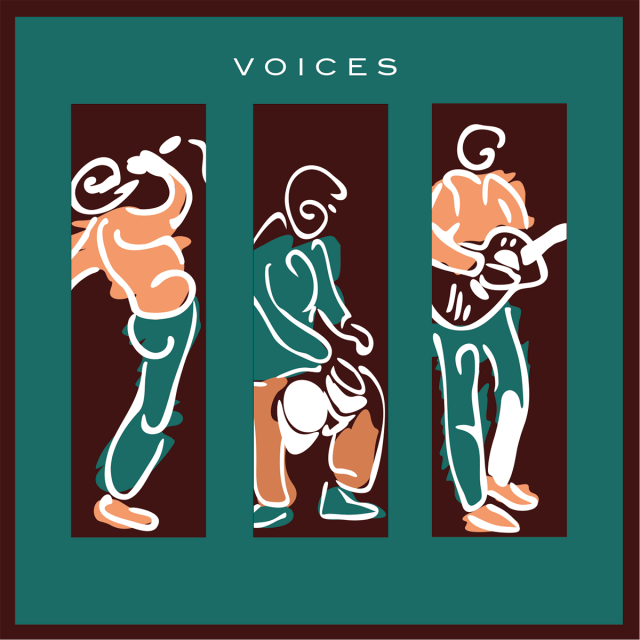

The data from the remaining 94 participants was considered for further statistical analysis. Reference data for CPP and sCPP across the stimuli.ĭuring the statistical analysis, data from six participants (two from 20 to 30 year males, two from 20 to 30 years females, two from 30 to 40 years males) was removed as outliers based on box plots.

Results of the study are presented and discussed under the following headings.Ģ. Each group consists of 50 individuals with equal number of males RESULTS The participants were subdivided into 2 groups with age interval of 10 years as 20–30 years and 30–40 years (with the upper limit excluded from the class interval selected). To accomplish this, 100 young adults’ individuals with perceptually normal voice in the age range of 20–40 years were considered for the study. The current study aimed at establishing reference data of CPP and sCPP for adults in the age range of 20–40 years.

The use of connected speech in Cepstral Participants It is an easy acoustic analysis method which can done even using freely downloadable software. 4 Thus, by measuring CPP using cepstral analysis the dysphonia severity can be identified on sustained vowel productions also cepstral method can be used to evaluate dysphonia severity in connected speech. It is well established in literature that traditional voice analysis methods, majorly the jitter measures, similarly shimmer measures which are the APPLICATIONS OF CEPSTRAL MEASURESĪ principal advantage of cepstral analysis methods is that, it estimates of aperiodicity or additive noise without the identification of cycle boundaries. 21 In a while Hillenbrand, Ronald, Cleveland, & Erickson, 2 and Hillenbrand and Houde 3 applied this cepstral analysis for determining breathiness in dysphonic voices. Later in 1966, Noll, designed cepstral analysis for measuring fundamental frequency. In 1963, 1 Bogert, Healy, and Tukey first introduced cepstrum by explaining seismic signal processing. The present study provides the reference values for CPP and sCPP across various stimuli. The data was subjected to statistical analysis using SPSS (version 21).
#Cepstral voices software#
The cepstral analysis was done using speech tool software (version 1.65). Hundred adults in the age range of 20–40 years with equal number of males and females were considered and the task includes to phonate vowels /a/, /i/ and /u/ for five seconds each and to read “300 word Kannada reading passage” (Savithri & Jayaram, 2005) and the Bengaluru passage. Thus, the present study aimed to investigate the reference values for CPP and sCPP in young adults with normal voice in the age range of 20–40 years. Cepstral analysis has been reported to be a reliable and valid measure for voice evaluation even for signals with high level of aperiodicity, which the time based measures fails to evaluate. CPP is determined by measuring the amplitude difference from the highest peak of the cepstrum to the corresponding regression line, drawn directly below the cepstral peaks and when a smoothening factor is applied, sCPP is obtained.

The two commonly studied cepstral measures are Cepstral Peak Prominence (CPP) and smoothened Cepstral peak prominence (sCPP). The fundamental frequency and harmonic organization of voice can be quantified using cepstral measure.


 0 kommentar(er)
0 kommentar(er)
